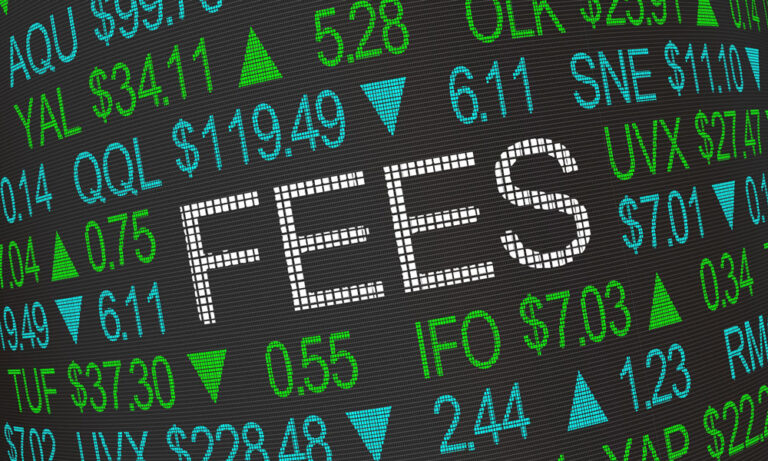
A product review has seen Vanguard reduce the fee of the Vanguard Australian Fixed Interest Index ETF (ASX: VAF) to 0.10%, from 0.15%.
The Vanguard Australian Fixed Interest Index ETF seeks to track the return of the Bloomberg AusBond Composite 0+ Yr Index before taking into account fees, expenses and tax.
It invests in securities issued by the Commonwealth Government of Australia, Australian State Government authorities and treasury corporations, investment-grade corporate issuers, as well as overseas entities that issue debt in Australia, in Australian dollars. The average credit quality of the VAF ETF is AA+.
In a statement, Vanguard Asia-Pacific’s Head of Capital Markets, Minh Tieu, said:
“Keeping costs low has been an important way that Vanguard has helped investors achieve financial goals and we continue to deliver this benefit to our investors globally.
“At Vanguard our products undergo periodic reviews as part of our ongoing commitment to deliver low-cost, high-quality products that are best in class, and we continue to refine our product offers in line with this goal. This robust review process includes a pricing review of our funds with the aim of passing on any savings to investors where possible.”
Also read: CEFC Invests Further in Artesian Green Bond Fund
Speaking more broadly about the bond markets Minh Tieu added:
“Last year’s repricing of inflation and interest rates – and consequent lower bond prices now – mean that bonds should be firmly back on investors’ radars.
“That bond markets are typically forward-looking, and consequently may already be pricing in expectations of future inflation and interest rate hikes, only further adds to their appeal. This means that the cost of diversification is now cheaper than ever, with income and possible capital gains on top.
“This quarter has delivered the biggest quarterly return on Australian bonds for over a decade. The Bloomberg AusBond composite index posted a 4.6% total return for Q1-2023, the highest since Q2-2012.
“There’s always an element of timing here – the quarter began as rates had risen sharply following the BoJ YCC adjustment in December and then ended as rates were still closer to the bottom of the post-banking confidence crisis trading range.”





























